'Sharpest' images of the Orion Nebula show how powerful James Webb telescope really is
New images taken by the James Webb Space Telescope pierce through thick layers of stardust and gas, revealing the most-detailed look yet into the heart of the Orion Nebula.
In 2017, an international research team set out to capture a stellar nursery in the constellation Orion – a region situated 1,350 light-years away from Earth – that’s challenging to photograph in visible light due to large amounts of stardust, according to team members from Western University in Canada. With the help of Webb, scientists released the images Monday.
NASA's James Webb Space Telescope is 100 times more powerful than Hubble Space Telescope and uses infrared light from the cosmos to peer through dense layers of dust. The first images from Webb were released in July.
A 'quiet' black hole: Astronomers discover 'needle in a haystack'

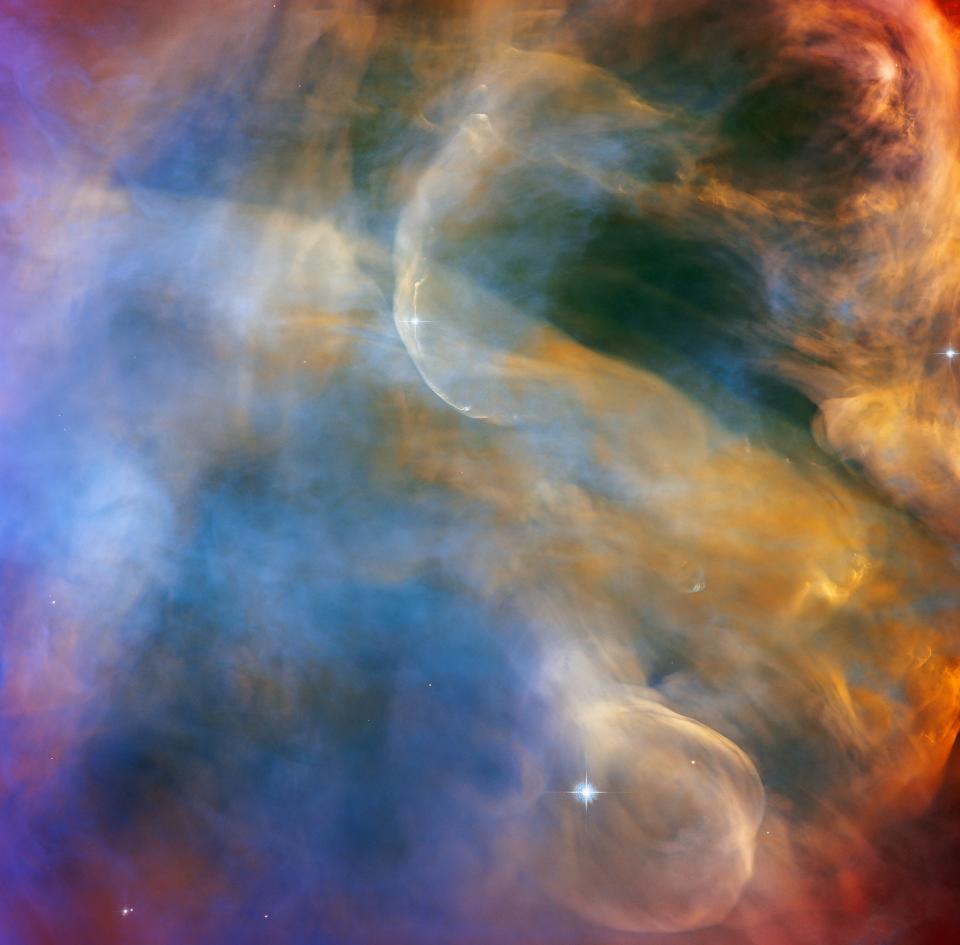
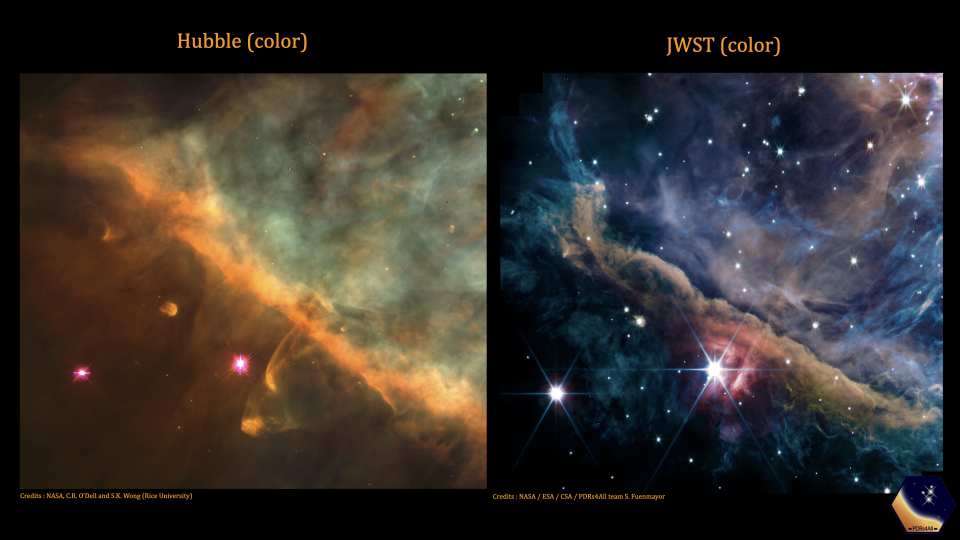
The images can be used to study how planetary systems form in the presence of intense radiation.
Spectacular structures inside the nebula, including one that may promote a new generation of stars, can be seen in the images. By studying the Orion Nebula, scientists hope to key questions about what happened in the beginning of our solar system’s evolution.
Artemis I: NASA retargets late September for launch as teams work out hardware issues
A space tarantula? Stunning, star-forming nebula captured by NASA's James Webb Telescope
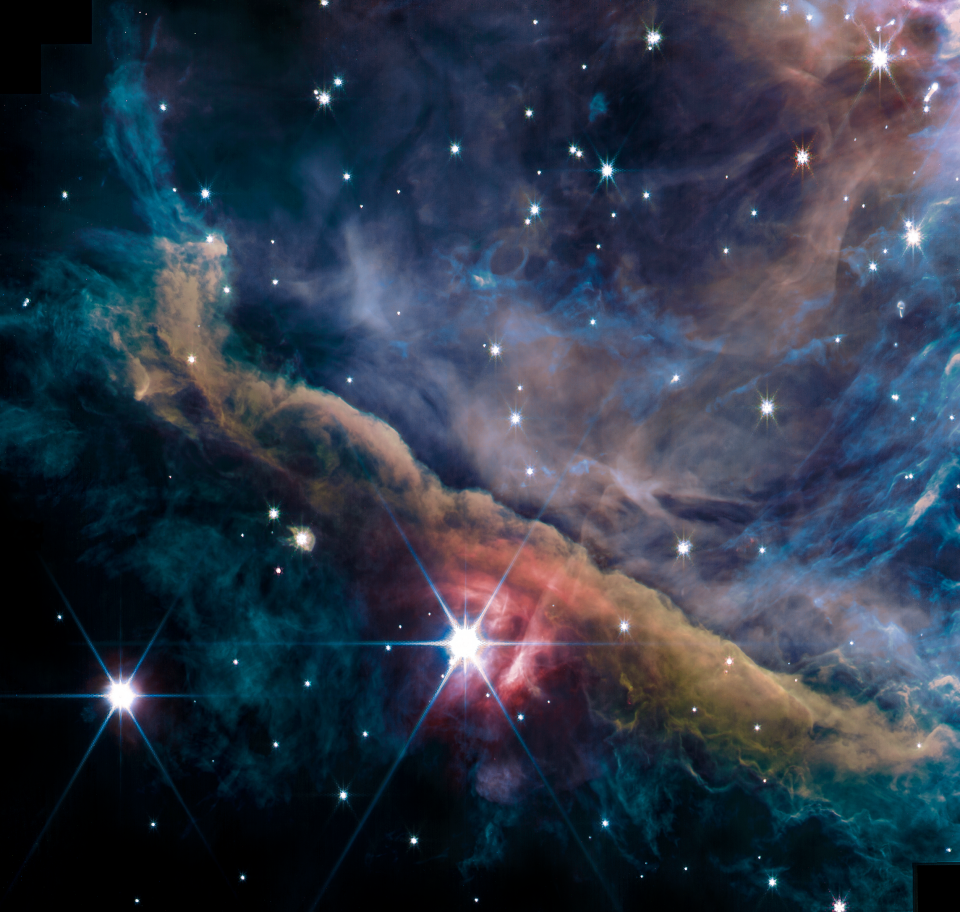
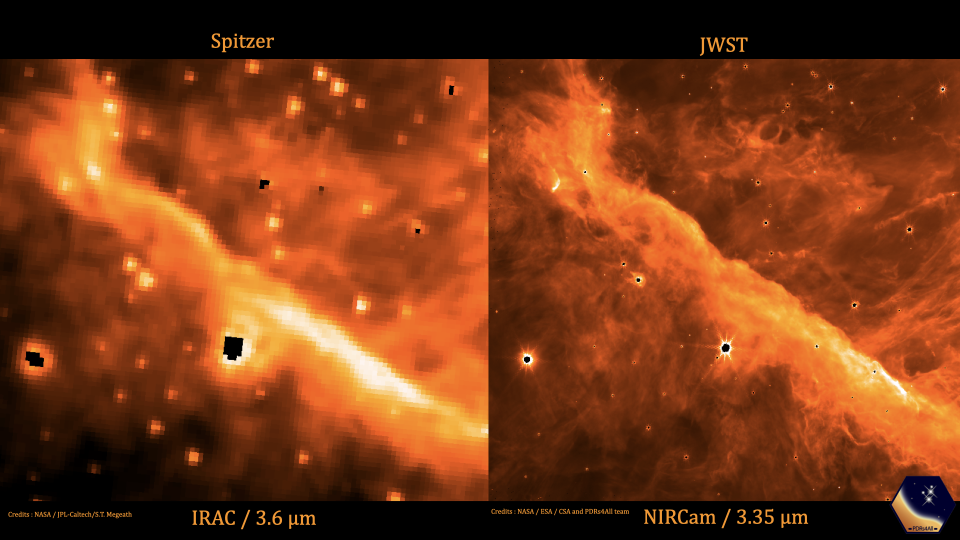
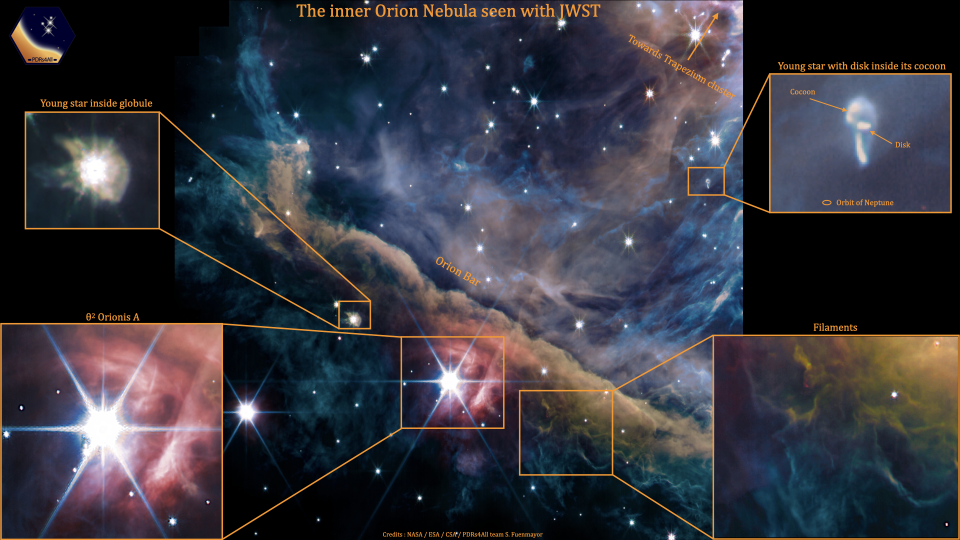
“Seeing these first images of the Orion Nebula is just the beginning,” said Emilie Habart, a co-leader of the observing science program on Webb. “We are excited to be part of Webb’s journey of discoveries.”
Scientists will analyze the Orion data and “expect new discoveries about these early phases of the formation of stellar systems,” Habart added.
Camille Fine is a trending visual producer on USA TODAY's NOW team.
This article originally appeared on USA TODAY: Webb Telescope: New images reveal spectacular view of Orion Nebula
